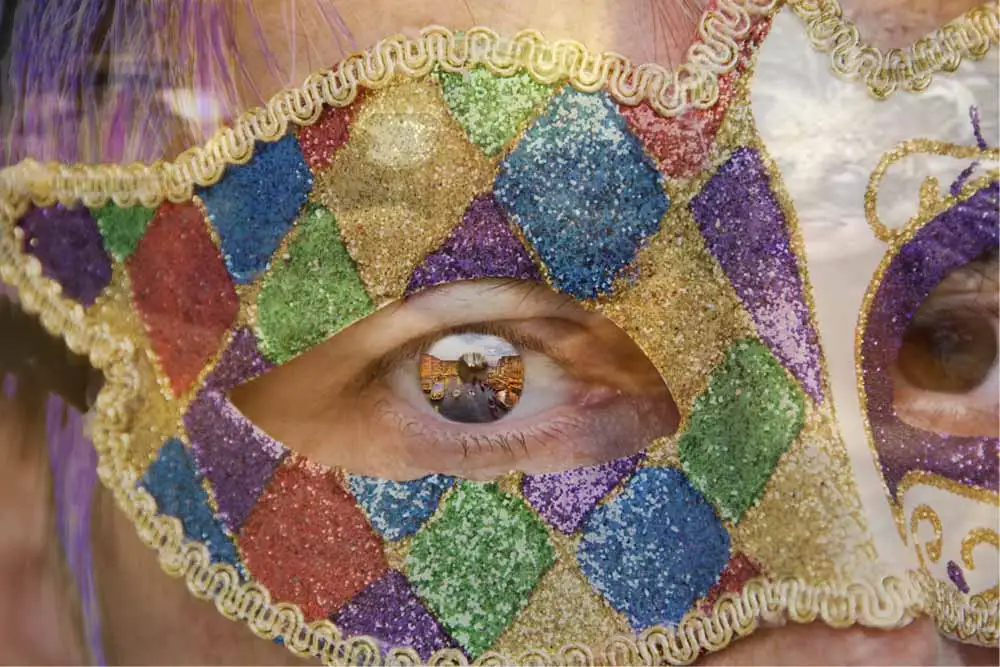With minor modifications, here is the article on East Los Angeles that I wrote with photos that appeared in Outword Magazine in October 2023.
If you’re so over the usual Los Angeles tourist traps or you’ve found yourself with an extra day in the metropolis, why not grab the 101 and head out to Boyle Heights? It’s one of several communities in “East Los,” a vibrant, colorful area full of Chicano culture. This historic urban zone offers a non-glitzy, often gritty, but always fascinating opportunity to experience something new in the City of Angels. And yes, there is even queer culture to be found in this Latino hotspot of exceptional ethnic eateries and outdoor art.
Location
The Eastside is the sprawling region east of the Los Angeles River. It runs roughly west to Monterey Park, north to Lincoln Heights and south to Bell Gardens. It includes about a dozen neighborhoods, but the most famous is Boyle Heights. This area is predominantly Mexican-American and home to many Spanish-speaking businesses. This was where the Zoot Suit riots took place in the 1940’s and then the Chicano Moratorium protests of the 1960’s and 1970’s. It was the birthplace of lowrider culture on Whittier Blvd and the set for iconic films like Stand and Deliver. First-time ever Latino superhero hottie Ramario Xolo Maridueña of D.C. Comics “Blue Beetle” fame is also originally from the area.
Desayuno (breakfast)
First, consider picking up some fresh-made pan dulce at any of the area’s panaderias. I stopped in at La Favorita, a family-owned chain of local bakeries that makes delicious conchitas, and sometimes has champurrado (a creamy and chocolatey Mexican drink thickened with masa harina).
Shop Queer
To make the most of your day on the Eastside, plan to go during the Queer Mercado. It’s held the third Saturday of every month at the East Los Angeles Civic Center next to the Certified Farmers Market. The mercado has 80 vendors selling a variety of artisanry like recycled fashion, artwork, healing items, flowers and live music. Diana Diaz founded the event in 2021 with support from the L.A. Unified School District. Today, she says, “We don’t charge the artists. We just have them register because we’re trying to elevate our community with art that can also inspire others to create art.” She hopes to bring in queer mariachis, and last year the event even hosted Cello Azul, the first Chicano, queer, classically-trained cellist.
Los Murales
Next you’ll want to see some of the over 200 murals in the area. Inspired by the great Mexican muralists, East L.A. has the distinction of birthing the Chicano art movement in the 1960’s. The public artform here developed as a way to share history, culture, pride and political commentary. Murals can be found everywhere on the walls from lower-income housing areas to community centers to local restaurants.
Many of the artworks are simply stunning, and are literally a big part of what makes the area so colorful. (For some indoor Chicano artwork, you might head to Riverside, where last year Cheech Marin opened the Cheech Marin Center for Chicano Art & Culture.)
Boyle Heights Self-Guided Walking Tour
Another way to get a feel for the region is on foot. Consider taking the self-guided Angeles Walk L.A. Tour, which includes some of the area’s history, architecture, artwork and other iconic sites. It’s just 1.4 miles and you can download the guide at www.angelswalkla.org/walks/boyle-heights or pick up a hard copy at Libros Schmibros, a non-profit bookstore and lending library on N. Boyle Avenue.
La Gastronomía
If the smells of the local restaurantes are starting to drive your estomago crazy, then it’s time to sample some of the best Mexican food in L.A. At Lilliana’s Tamales, hard-working ladies in the kitchen stir gigantic vats of masa for their delicious corn husk tamales. Mariscos El Jato is a family-friendly seafood restaurant with huge fish taco plates and fat bowls of cócteles de mariscos.
For a queer-friendly place to practice your Spanglish and down a Modelo or two, head to neighborhood bar Redz (@redzangelesbar). As the gay history film “Nancy from East Side Clover” explains, in the 1950’s this was an underground, working-class lesbian bar. Nancy Valverde remembers, “We started going to [Redheads] on 1st Street. The old man Charlie was the owner, and he made the mistake of hiring a lesbian for waitressing. Well, that was his mistake because it’s been gay ever since!”
Today the bar serves primarily Mexican and Mexican-American queer clientele, and has regular drag shows, female impersonators, and dancing. Owner Ahtziri Hernandez says things have changed a lot in the area over time. “Now (being queer) is very acceptable!” The nearest gay nightclub is much further east in Montebello at Club Chico (@Club_Chico).
Los Lowriders
The area continues to be in conflict around the iconic “low and slow” lowriders, those custom-modified cruise mobiles. L.A. has an anti-cruising ordinance, however AB436 is making its way through the legislature and if passed, will repeal the ban. Meanwhile, Ruby’s Diner on Whittier regularly has Friday night cruise car shows, and fliers are often posted online.
¡Arriba, arriba!
En fin, if you’re in search of an authentic Los Angeles community that’s rich in history, art and all things Latino, then pull up your Spotify and start driving. We particularly recommend the music of Thee Midniters, one of the first Chicano rock bands to come out of the Eastside. Their 1965 surf-vibes meets Mexican grito hit “Whittier Boulevard” feels just about as fun as it did then: “Let’s take a trip down Whittier Boulevard! Arriba, arriba!”
Equipment
Here’s the equipment I brought:
- Nikon D780 body
- Nikkor 20mm, 1.8G
- Nikkor 35mm, 1.8G
* * *
All photos are copyright Chris Allan and cannot be used without my written permission. Please contact me for usage rights. Thank you for reading my blog post “A Day in East L.A.. ” To learn more about me and my work, please see my About page.

